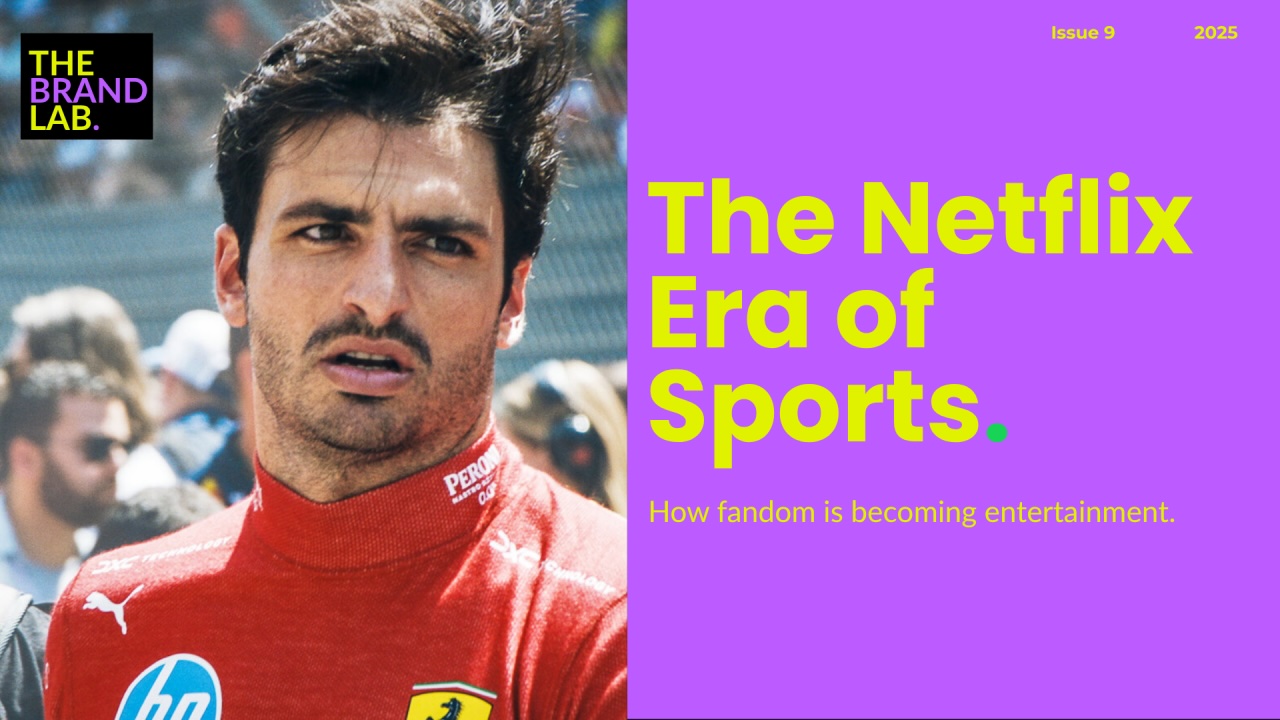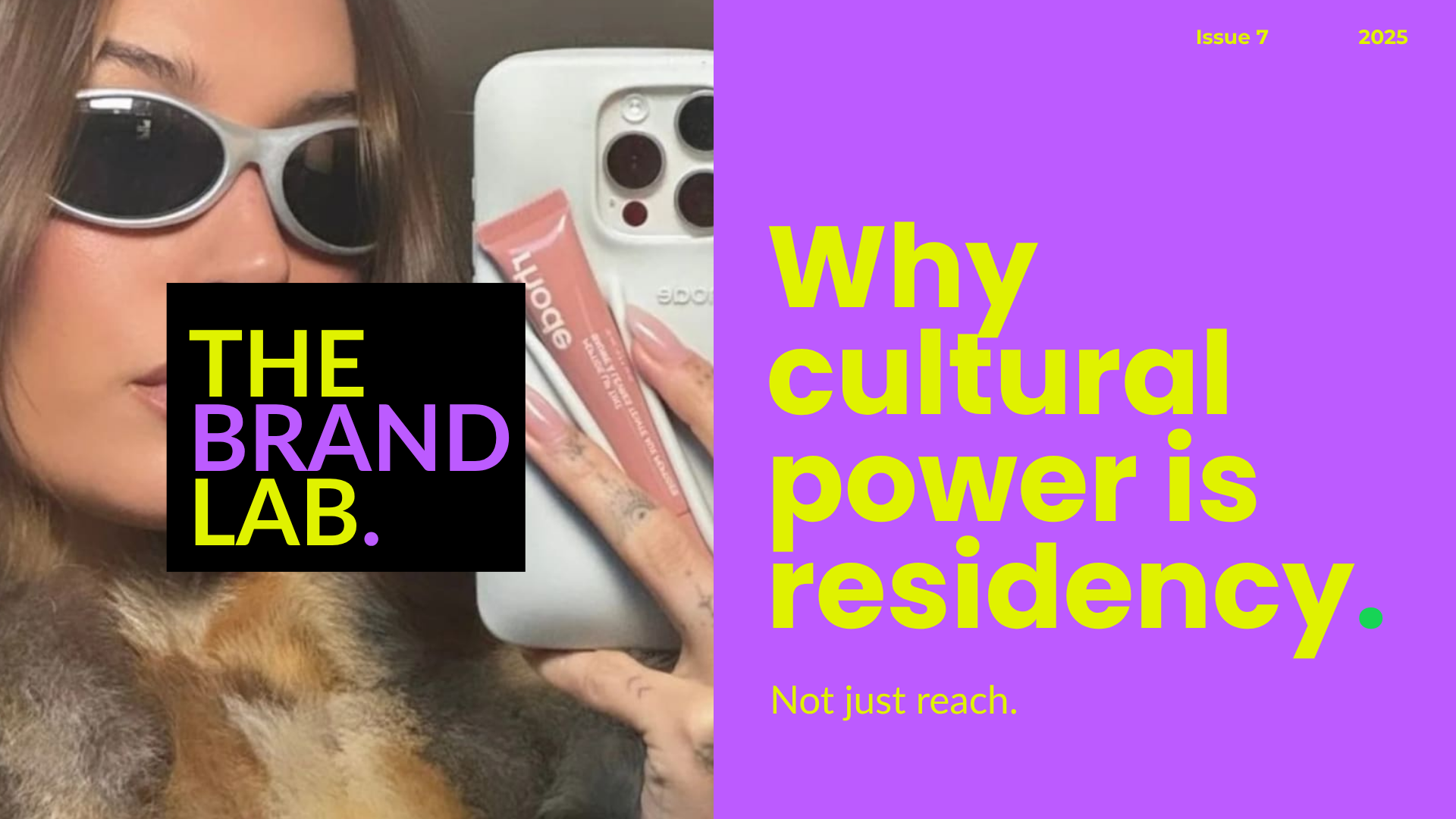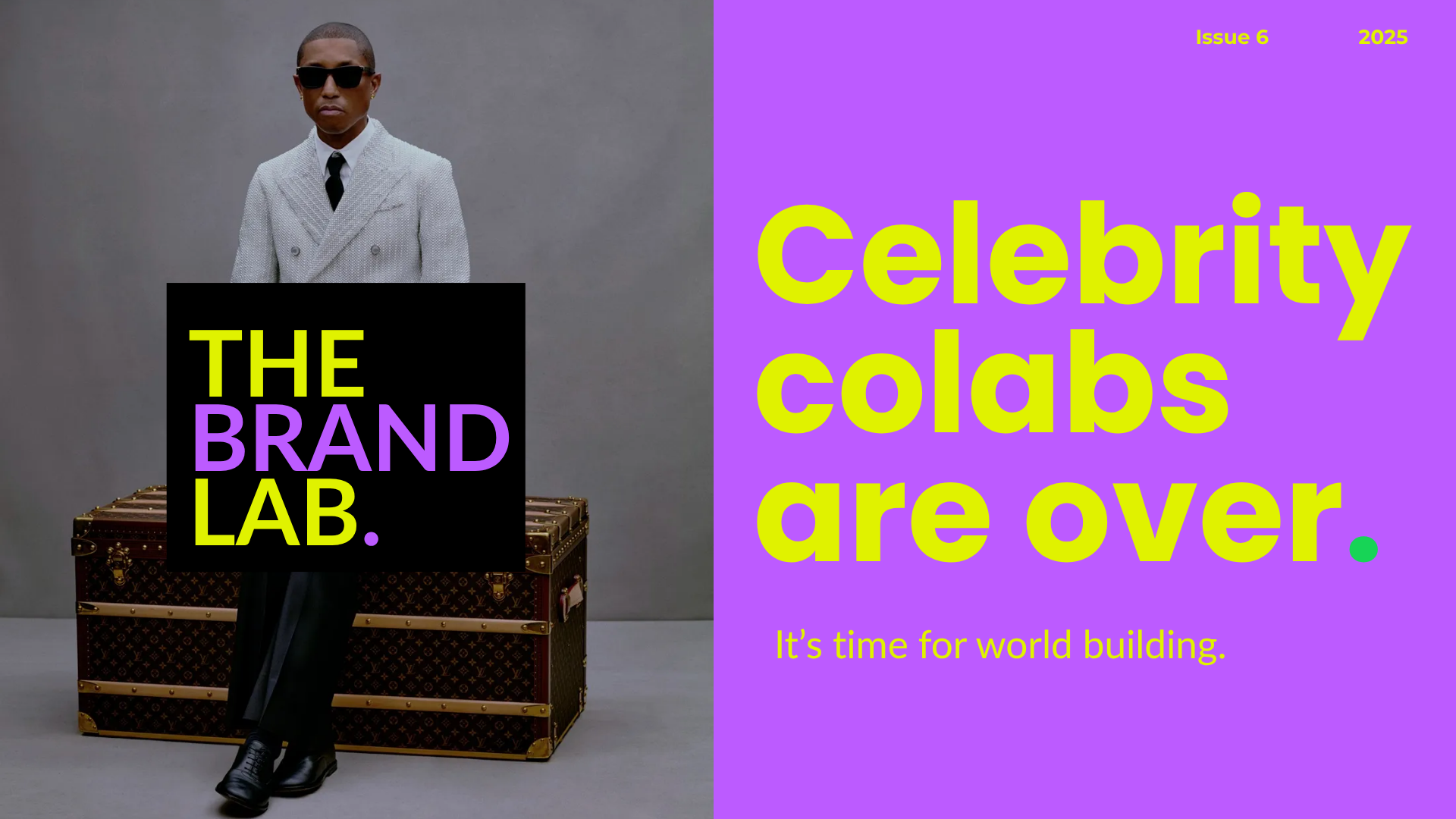
When most leaders think of brand reinvention, they imagine a complete product overhaul: new lines, new designs, new collections. The default assumption is that consumers will notice reinvention when something different arrives on the shelf or the runway.
But history tells us otherwise. Reinvention that lasts doesn’t start with a product. It starts with a shift in meaning.
Versace’s New Act: Culture Before Clothes
Take Dario Vitale’s first move at Versace. It wasn’t a runway show. It wasn’t a new handbag. It was Versace Embodied – a chorus of poets, performers, and artists reinterpreting the house’s spirit.

Why does this matter? Because fashion is no longer just about silhouettes or seasonal drops. The market is oversaturated, resale is growing faster than new sales, and consumers no longer wait for runways to tell them what to wear. In this landscape, the only real competitive edge is mythology, the deeper story that people buy into, not just buy from.
Versace’s decision to start with an artistic reinterpretation tells us something so crucial in branding, yet mostly underrated: that reinvention is about re-anchoring the brand in its cultural role, not just its commercial output.
Beyond Collections → Toward Ecosystems
The best reinventions in recent years have followed this pattern: moving beyond products and into ecosystems.
- Apple didn’t reinvent itself by making a new computer. It reframed itself as the intersection of technology and creativity, leading with “Think Different” and then building devices, services, and retail experiences around that meaning.
- Burberry, under Christopher Bailey and Angela Ahrendts, didn’t start by changing the trench coat. They redefined Burberry as a digital-first heritage brand, live-streaming runway shows and turning social media into a cultural theater for British identity.
- Gucci under Alessandro Michele wasn’t simply a shift in style codes. It was a rebirth of Gucci as an inclusive, eclectic, intellectual playground — where collaborations with artists, gamers, and thinkers mattered as much as bags and loafers.
In each case, reinvention began not with a product release, but with a reinterpretation of meaning. Products were simply vehicles of that new meaning.

Inviting Culture In
In 2025, reinvention looks less like a boardroom directive and more like an open conversation. The strongest brands are co-authored with communities:
- Adidas’ collaboration strategy (from Kanye West to Gucci) turned products into cultural canvases.
- The North Face’s “Walls Are Meant for Climbing” campaign reframed exploration as inclusivity, linking the brand to values beyond outdoor gear.
- LEGO’s adult renaissance wasn’t about new bricks, but about opening meaning: creativity and play as lifelong, not just childlike.
Meaning, not merchandise, drives relevance.
The Future of Reinvention: Anchoring & Scaling
Reinvention isn’t about chasing change for change’s sake. If anything, too much “refresh” risks eroding the equity a brand already has. Instead, it’s about re-anchoring, going back to the soul of the brand, distilling what made it resonate in the first place, and then scaling it forward into new cultural and commercial ecosystems.
The formula is simple, but not easy:
- Re-anchor in brand mythology. What timeless role does this brand play in culture?
- Translate that meaning for today. How does that brand mythology serve the needs, anxieties, and aspirations of the current generation?
- Build the ecosystem. Products, content, partnerships, and platforms all orbit the redefined meaning.
Because here’s the truth: products come and go, but mythology endures. And when a brand gets its mythology right, reinvention doesn’t just look like change, it feels like truth rediscovered.
🤳🏻 Campaign of the week: Prada Galleria. Conceived in 2007, endlessly reinvented ever since, the Galleria bag is a Prada archetype, a neo-classic. Director Yorgos Lanthimos reinvents the classic through film, featuring Scarlett Johansson.



